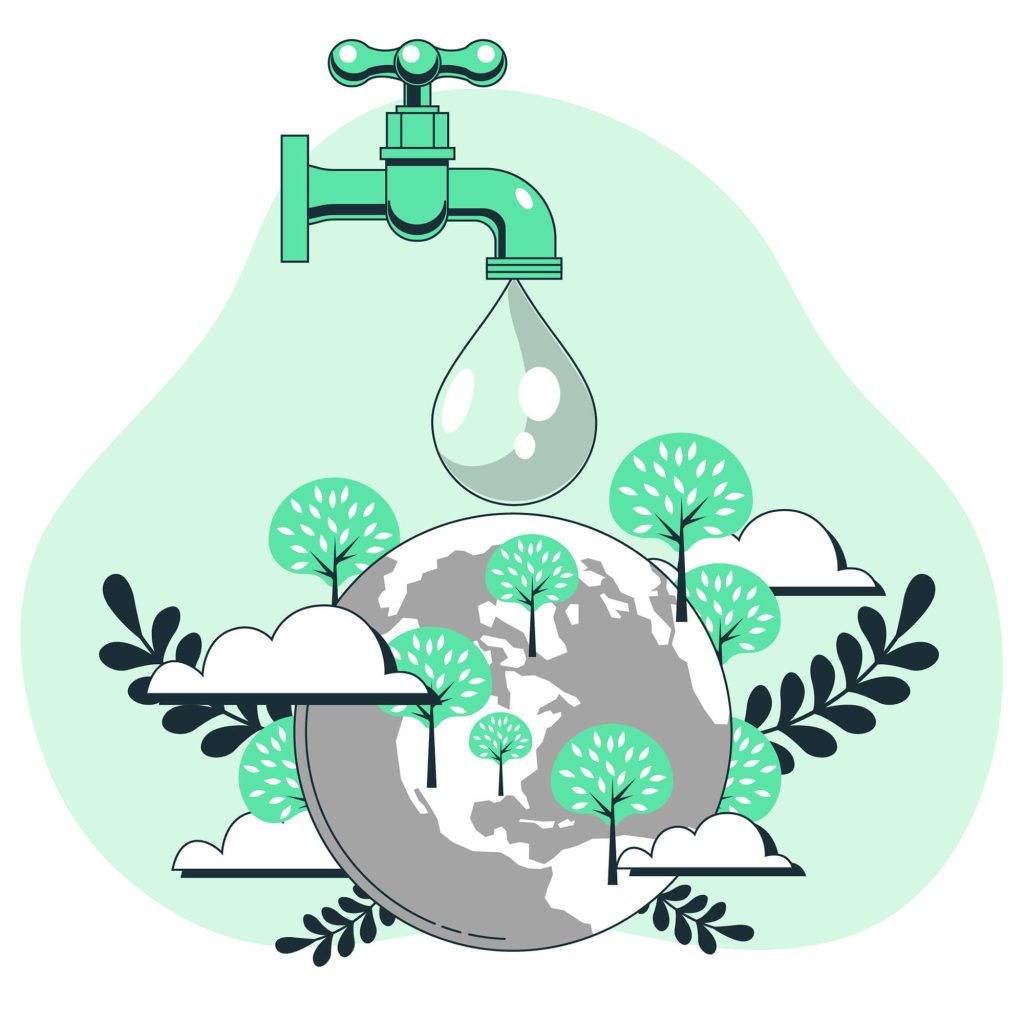Water Management
Water management is integral to a sustainable future. Water is a finite and precious resource that directly impacts the environment, society, and corporate governance.
Water usage varies by industry, with some sectors producing a much larger footprint including industrials, agriculture, and textiles. It is critical that companies in these areas make water management a priority. While many companies have in-house employees to work on these initiatives, there are also dedicated consultancies to help with water management initiatives
Defining Water Management Targets
Water management targets refer to specific objectives set by organizations to conserve, protect, and responsibly use water resources in their operations. These targets align with ESG strategies and reflect an organization’s commitment to environmental stewardship, social well-being, and responsible corporate governance. Water sustainability targets encompass a spectrum of initiatives designed to reduce water consumption, safeguard water quality, and enhance water security.

Water Management targets
Companies establish a variety of water management targets to improve their ESG performance. Examples of water management targets and ESG reporting include
Water Conservation
Setting targets to reduce water consumption through efficient processes and technologies. Some companies aim to become water positive – and return more water than consumed in water-stressed basins. Examples of water conservation initiatives include setting a measurable target to reduce water usage and using efficient technologies and equipment.
Example: A company has committed to reducing its water footprint by 20% over the next five years through the implementation of water-efficient technologies in its manufacturing processes.
Water Quality Protection
Committing to measures that protect water quality by preventing pollution and contamination. Targets in this area may include specific wastewater treatment goals, responsible chemical management, and sustainable practices.
Example: In an effort to protect water quality, a company has implemented a comprehensive wastewater treatment system, aiming to achieve a 30% reduction in pollutant discharge into local water bodies by 20XX.
Supply Chain Engagement
Encouraging suppliers to adopt sustainable water management practices to ensure the entire value chain adheres to responsible water usage. An example may include setting a goal to source a percentage of materials and products from areas with responsible water management practices.
Example: A company is driving supply chain engagement by encouraging its suppliers to adopt water-saving technologies and sustainable water management practices. It aims to source 50% of its raw materials from suppliers committed to responsible water usage.
Why Water Management Targets Matter
Water management targets are essential. According to the World Resources Institute (WRI), a 56% freshwater decrease by 2030 is expected, compared to the estimate of a 40% decline the United Nations projected in 2015. There are many benefits to establishing targets, including the ability to be funded by blue bonds, special financing designed to support sustainable ocean and marine projects.
Many water management targets can be linked to Target 14: Life Below Water, which aims to conserve the use of oceans, seas and marine resources for sustainable development.
Setting water management targets and setting water sustainability goals are essential for several reasons including
Environmental Conservation
Efficient water management minimizes an organization's environmental footprint, preserving ecosystems and biodiversity.
Resource Preservation
Responsibly using water resources is critical to preserving this finite and essential resource for future generations.
Regulatory Compliance
Many regions have stringent regulations regarding water usage and quality. Meeting water management targets ensures adherence to these regulations.
Operational Efficiency
Streamlined water management processes can lead to cost savings and improved operational efficiency.
Community Well-being
Providing access to clean water for underserved communities contributes to social responsibility and well-being.
Brand Reputation
Demonstrating a commitment to responsible water management can enhance a company's reputation with customers, investors, and stakeholders.
Other Water-related Initiatives
These initiatives are often not subject to company-wide targets. However, they can be considered minimum standards for specific projects.
- Water Risk Assessment: Conducting water risk assessments to identify water scarcity, quality, or regulatory compliance vulnerabilities. These targets can be established by determining vulnerable water sources and regions prone to water stress,conducting water risk assessments, and assessing water in supply chains.
- Water Stewardship: Collaborating with stakeholders to responsibly manage water resources and protect water security in watersheds or regions where the company operates. Specific targets in this area can be established, including goals to replenish water, supply chain sustainability, and product designs.
- Community Access: Enhancing access to clean water for underserved communities locally and globally. Examples include creating measurable goals to increase access to water in water stressed regions.
Setting and Achieving Water Management Targets
Many companies have set ambitious goals to conserve water. To effectively manage water resources and achieve water management targets, companies should adopt a structured approach
Water Assessment
Start with a comprehensive water assessment to understand water use, sources, and potential risks.
Goal Setting
Establish specific, measurable, and time-bound water management targets aligned with the organization’s values and objectives.
Efficiency Initiatives
Implement water conservation and quality improvement initiatives involving employees, suppliers, and local communities.
Monitoring and Reporting
Regularly monitor and report on water management progress in ESG reports to demonstrate transparency and commitment.
Certifications and External Validation
Seek certifications or external validation from organizations like the Alliance for Water Stewardship to confirm the legitimacy of your water management efforts.
Benchmarking Comparing Targets
Benchmarking your company’s water management targets should include several steps including defining your objectives, gathering data, identifying KPIs and peer companies, and establishing your baseline and targets. To get started, check out the ESGRoadmap Water Management Tool. Sign up for free today and start your research today with a free trial.
